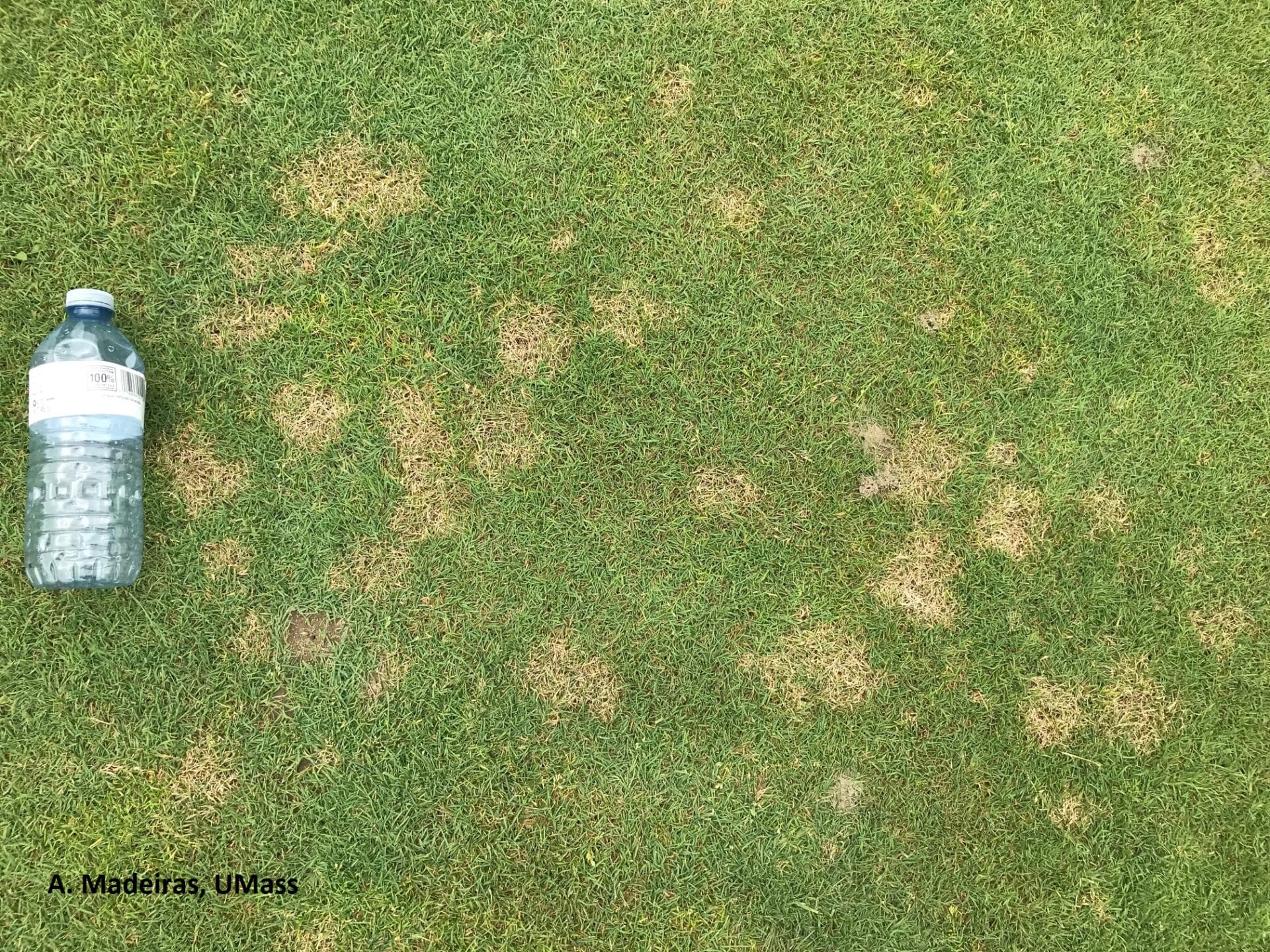5 Common Lawn Diseases in Bee Cave and How to Prevent Them
By Innovation Grounds
Maintaining a healthy lawn in Bee Cave, Texas, can be a challenging task due to the region’s unique climate and environmental factors. Lawn diseases are one of the most common problems homeowners face, leading to brown patches, thinning grass, and an overall unsightly yard. Understanding the types of lawn diseases that affect the area and how to prevent them can go a long way in keeping your lawn green and healthy. This guide covers five common lawn diseases in Bee Cave and offers effective strategies for lawn disease prevention.
1. Brown Patch Disease
Brown Patch Disease is a prevalent fungal infection in Bee Cave, especially during the warm, humid months. It causes circular brown spots to appear on your lawn, often accompanied by a distinct ring of darker grass at the edges. The fungus thrives in high humidity and temperatures above 80°F, making it a common problem in late summer and early fall.
Lawn Disease Prevention Bee Cave Tip:
To prevent Brown Patch Disease, avoid excessive watering, as it encourages fungal growth. Water your lawn early in the morning to allow the grass to dry before evening. Additionally, maintaining proper lawn aeration and mowing your grass at the recommended height can help reduce the risk of this disease.
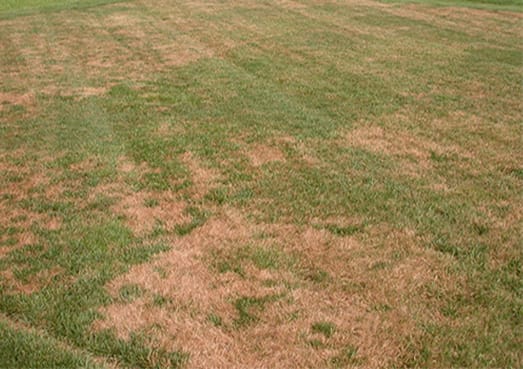
2. Dollar Spot
Dollar Spot is another fungal disease that affects lawns in Bee Cave, causing small, round, tan spots that resemble silver dollars in size. It typically appears in the warmer months when the weather is hot and dry, and your grass is under stress due to inconsistent watering or nutrient imbalances.
Lawn Disease Prevention Bee Cave Tip:
Ensure your lawn is well-fed with the proper nutrients, as a lack of nitrogen can make your grass more susceptible to Dollar Spot. Regularly water your lawn deeply, but less frequently, to promote deep root growth. Avoid over-fertilizing with nitrogen-rich products, as this can exacerbate the problem.
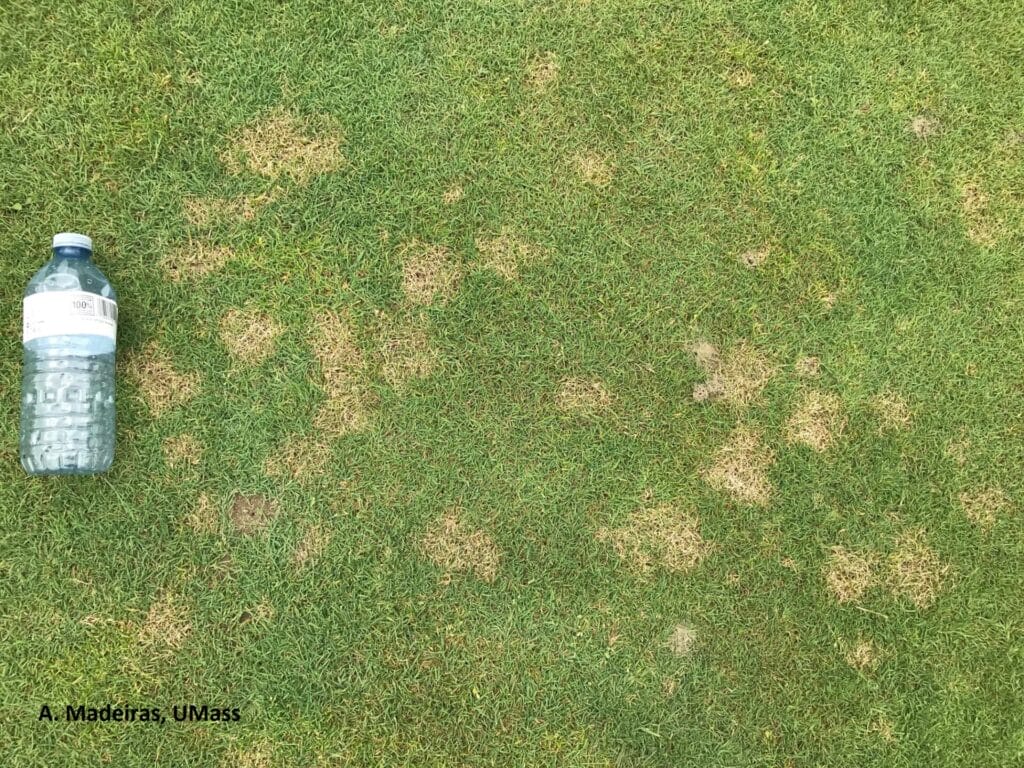
3. Pythium Blight
Pythium Blight is a fast-spreading fungal disease that thrives in hot, humid conditions, making it a frequent problem in Bee Cave’s summer months. It causes water-soaked patches of grass that quickly turn gray or tan, often with a greasy appearance. Left untreated, the disease can quickly spread, leaving large areas of your lawn damaged.
Lawn Disease Prevention Bee Cave Tip:
Proper lawn watering and good drainage are essential to prevent Pythium Blight. Avoid watering at night, as it keeps the grass wet for extended periods, creating a perfect environment for the fungus. Mowing your lawn at the proper height and regularly aerating the soil will help maintain healthy grass that is resistant to fungal diseases.
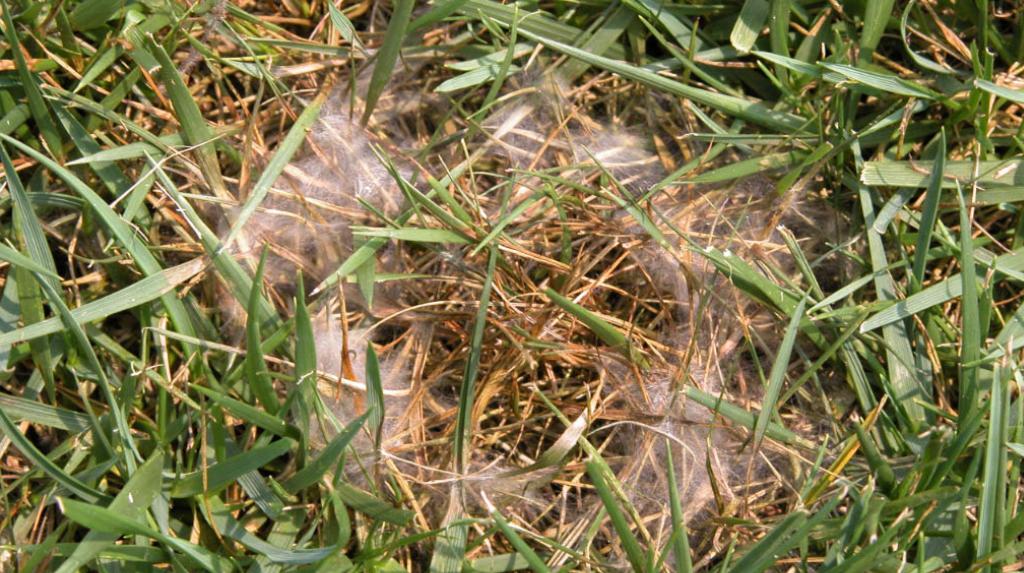
4. Leaf Spot and Melting Out
Leaf Spot and Melting Out are two diseases caused by fungal infections that affect cool-season grasses like Kentucky Bluegrass, Fescue, and Ryegrass. These diseases cause circular spots with dark borders on the leaves, which can eventually lead to the grass blades melting away in severe cases.
Lawn Disease Prevention Bee Cave Tip:
Regularly mow your lawn and remove fallen grass clippings to prevent the buildup of fungal spores. Additionally, choosing heat-tolerant grass varieties suited for the warm Bee Cave climate can help reduce the likelihood of Leaf Spot and Melting Out. Proper irrigation practices and lawn fertilization will also go a long way in maintaining grass health.
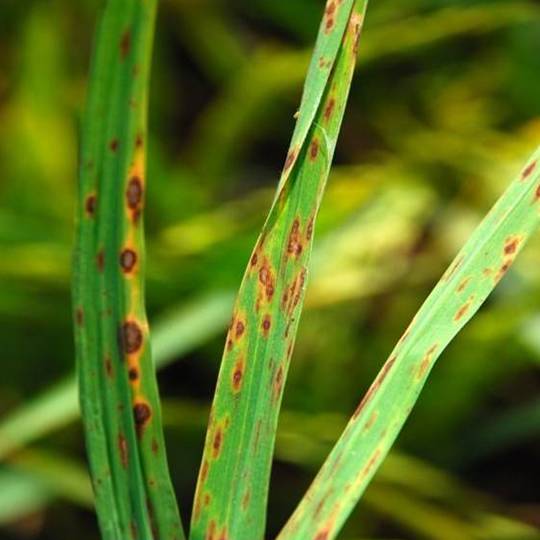
5. Rust Disease
Rust Disease is characterized by yellow or orange spots on grass blades, which eventually turn into powdery, rust-like pustules. While rust is usually not as damaging as other lawn diseases, it can weaken the grass, making it more susceptible to other infections and environmental stressors. Rust often occurs during periods of cool, moist weather.
Lawn Disease Prevention Bee Cave Tip:
Maintaining proper lawn care practices such as adequate mowing and watering can help reduce the risk of Rust Disease. Ensure your lawn is not overcrowded, as thick, dense grass can trap moisture, providing an ideal environment for rust spores to spread. Additionally, applying a balanced fertilizer can help strengthen your lawn and make it more resistant to rust.
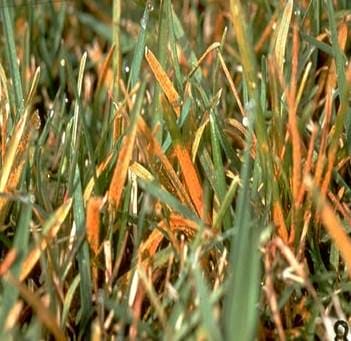
Conclusion: Lawn Disease Prevention in Bee Cave
Lawn disease prevention in Bee Cave requires a proactive approach, including proper watering, aeration, mowing, and fertilization practices. By taking steps to address common lawn diseases like Brown Patch, Dollar Spot, Pythium Blight, Leaf Spot, and Rust Disease, you can maintain a lush, healthy lawn year-round. Regularly inspecting your lawn and seeking professional advice when needed will help keep your landscape looking its best while preventing costly damage.
If you are struggling with lawn diseases or need help with Lawn Disease Prevention in Bee Cave, consider reaching out to a local lawn care professional who can tailor solutions to the unique needs of your lawn.
By staying vigilant and proactive, you can ensure that your lawn remains a vibrant and inviting space for your family and visitors to enjoy.
